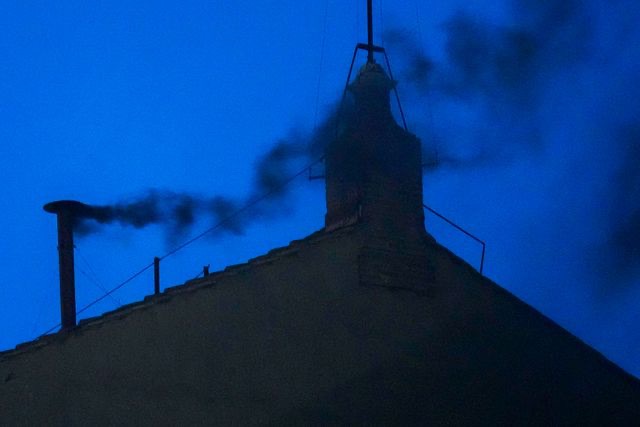
When the College of Cardinals gathers inside the Sistine Chapel to elect a new pope, the world turns its eyes toward a small chimney perched on the chapel’s roof. From this chimney rises a puff of smoke—a centuries-old signal that carries monumental meaning. If the smoke is black, it means no pope has been chosen. But if it’s white, the Catholic Church has a new leader.
But how exactly is this symbolic smoke created? And how has the Vatican ensured that its message is unmistakably clear?
A Tradition Rooted in Fire
The use of smoke to communicate the results of the papal conclave dates back hundreds of years. After each round of voting, the ballots are burned, and the color of the smoke indicates the outcome. However, achieving a clear black or white hue has not always been easy—and over time, the Vatican has refined its methods to avoid confusion and misinterpretation.
Black Smoke: “No Pope Yet”
Historically, to produce black smoke, ballots were burned along with materials such as tar or resin, which generated thick soot and dark smoke. But this wasn’t always consistent—sometimes the smoke came out as an ambiguous grey, leading to speculation and media frenzy.
To improve clarity, the Vatican now uses a precise chemical mixture to produce reliable black smoke:
- Potassium perchlorate (KClO₄): A strong oxidizer that fuels the combustion process
- Anthracene: An organic compound that, when burned, produces heavy soot—key to the dark color
- Sulfur (S₈): Helps sustain and intensify the burn for a steady black plume
This combination, when ignited with the ballots, sends up a thick column of unmistakable black smoke, signaling that the conclave has not yet reached a decision.
White Smoke: “Habemus Papam!”
The white smoke, a symbol of joy and hope, indicates that a new pope has been chosen. In earlier days, white smoke was produced by adding moist straw to the fire, which released steam and lightened the color of the smoke. But, as with the black smoke, this method sometimes lacked consistency.
Today, the Vatican relies on a different chemical recipe to ensure bright, easily visible white smoke:
- Potassium chlorate (KClO₃): Another oxidizing agent to maintain combustion
- Lactose: A milk sugar that serves as the primary fuel and emits light-colored smoke when burned
- Colophony (pine resin): A natural resin that creates thick, white smoke visible from afar
This modern mixture ensures the world knows instantly when the Church has spoken—no confusion, just a clear signal of celebration.
Precision Matters
There have been times in history when unclear smoke—sometimes a murky gray—sparked confusion and premature celebrations. To prevent such incidents, today’s smoke signals are carefully engineered, using thoroughly tested chemical formulas. These innovations guarantee a stark contrast between the black and white smoke, helping the Vatican convey its message with absolute clarity.
So, the next time you see smoke rise above the Sistine Chapel, remember: it’s not just a puff of air—it’s centuries of tradition, science, and spiritual anticipation, distilled into a single, powerful signal for the world.
Related
Discover more from Vietnam Insider
Subscribe to get the latest posts sent to your email.
Source: Vietnam Insider
